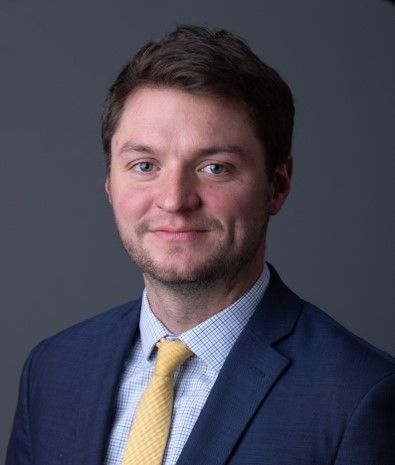Hospital Group Assails AHIP’s Drug Price Report
The American Hospital Association said the health insurers' report on drug prices, which highlights the higher prices charged by hospitals, is “a blatant attempt to deflect from the obvious — insurance companies continue to raise premiums for their enrollees and employer clients while pocketing billions in profit.”
The American Hospital Association is criticizing a new report that shows a significant markup on prices for medications at hospitals versus those purchased through specialty pharmacies and administered by physicians’ offices.
The costs per single treatment for drugs administered in hospitals were an average of $8,200 more than those purchased through specialty pharmacies from 2019-2021, according to the report from AHIP, the trade association for the health insurance industry. The report also found that drugs administered in physician offices were an average of $1,500 higher than specialty pharmacies.
Hospitals charged 118% more for the same drugs compared to specialty pharmacies on average while physician offices charged 23% more for the same drugs, according to AHIP’s calculations.
AHIP noted some of the largest disparities were for Prolia (denosumab), which was 212% higher in hospitals than specialty pharmacies; Darzalex (daratumumab), 148% higher; Lucentis (ranibizumab) 124% higher; Remicade (infliximab), 121% higher; and Keytruda (pembrolizumab) 106% higher.
Mark Howell, director of policy and patient safety, American Hospital Association

The “report” is “fraught with half-truths and methodological flaws,” wrote Bharath Krishnamurthy, senior associate director of health analytics, public policy for the hospital association, and Mark Howell, the association’s director of policy and patient safety, in a blog post.
AHIP’s report is “nothing more than a blatant attempt to deflect from the obvious — insurance companies continue to raise premiums for their enrollees and employer clients while pocketing billions in profits,” wrote Krishnamurthy and Howell. “As certain commercial insurers continue to push forward with their profit-centered approach to health care, hospitals are focused on providing 24/7 care to patients and are doing so while operating on negative or razor-thin financial margins.”
Bharath Krishnamurthy, director of health policy and analystics, American Hospital Association

Krishnamurthy and Howell argued that there are several flaws with the report, including that “hospitals don’t set drug prices; drug companies do. The report selected 10 of the highest cost drugs on the market. The reason these drugs are so expensive is the direct result of decisions made by drug companies…Not only do we continue to see drug companies launch new drugs at record prices, but they also continue to increase the prices of drugs already on the market at a rate faster than inflation.”
Additionally, “continued efforts by PBMs (pharmacy benefit managers) to take advantage of an appallingly opaque drug pricing system can often lead to steering patients toward higher cost drugs in order to secure larger rebates for themselves without any transparency about how much of those savings are used to lower premiums and how much are used to line shareholder pockets,” Krishnamurthy and Howell wrote. "Together, the practices employed both by drugmakers and PBMs feeds into the nearly 20% growth in drug expenses per patient for hospitals in 2022 compared to pre-pandemic levels.”
The report’s conclusions are drawn from data from only 10 drugs, Krishnamurthy and Howell noted. "Hospitals provide thousands of drugs to patients, and one cannot draw any meaningful conclusions from looking at such a small sample size.”
The methodology of the report is also “unclear whether they have done a true apples-to-apples comparison of costs between hospitals and specialty pharmacies,” argued Krishnamurthy and Howell.
AHIP said it utilized the Merative MarketScan Commercial Database for January 1, 2019, to December 31, 2021. Using the claims data, the organization calculated a three-year average cost for a single treatment for each drug in three different settings: specialty pharmacy, physician office, and hospital. All claims were adjusted for inflation to 2021 dollars.
Novo Nordisk Terminates Collaboration with Hims & Hers
June 23rd 2025The FDA had resolved the shortage of Wegovy in April, and telehealth providers were advised to stop selling compounded semaglutide products. Novo Nordisk said that Hims & Hers continues to offer these compounded drugs.
Read More